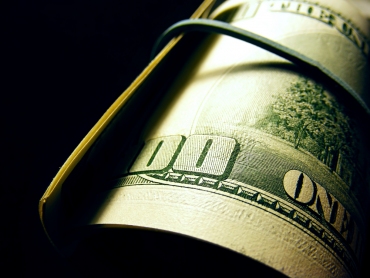At the most basic level, what is the economic status of common folk? What is the disparity between the haves and have-nots? A hard look at post-recession America provides a glimpse into how financially secure are the various states; because, if people are better off, so are the State and the country.
The Corporation For Enterprise and Development (CFED) , a non-profit advocacy group for low and middle-income consumers after making an in-depth survey on the “prosperity and poverty” of people covering 50 states vis-a-vis the state policies made Thursday the following observations known as Annual Assets and Opportunity Scorecard.
Criteria considered:
Household income and overall financial security. How people remain prepared to unforeseen financial exigencies; what’re their saving habits for retirement, marriage, education and home. As regards States, they took into accout how they implemented policies for college education, payday lending laws, and programmes relating to unbanked access checking and savings accounts.
On perusing the report, Andrea Levere, the CFED president, lamented that even with some improvements in employment and foreclosures, the liquid asset poverty status hasn’t changed a bit; he also stressed that savings, being integral to financial security, greater awareness is to be created on that.
Here, the report finds that some states have fared better, while some others lag behind.
In terms of financial security, Vermont occupies the top-most slot due to the following; it has the fourth -lowest rate of sub-prime credit holders and the third-lowest residents not having bank account; its state laws protect consumers from payday lending habits; state gives state-earned income -tax credit, and special state-matched savings account for low and middle income persons specially for college education or a home.
Whereas, the state of Mississippi is the miserable last in ranking in income and policy implementation, having highest poverty rate, lowest savings accounts and highest sub-prime credit holders.
Top five most financially secure states are Vermont, North Dakota, New Hampshire, Wyoming and Alaska; and financially the least secure states are Mississippi, Nevada, Georgia, Alabama and South Carolina.
Again, Andrea Levere of CFED feels very bad that not enough has been done to foster savings by residents.
Other findings:
CFED survey further has found that about 44% of Americans are liquid-asset poor which means they have no long term security and that they cannot manage beyond three or four months without getting monthly salary.
President Obama announced a plan for MyRA, an IRA-like retirement fund for those with no access to 401(k)s. But CFED report finds that even when companies sponsor plans, they don’t give their share, under the new condition. Only 44% of employees as against 47% in 2007 say they are saving effectively from employer-provided retirement plans.

